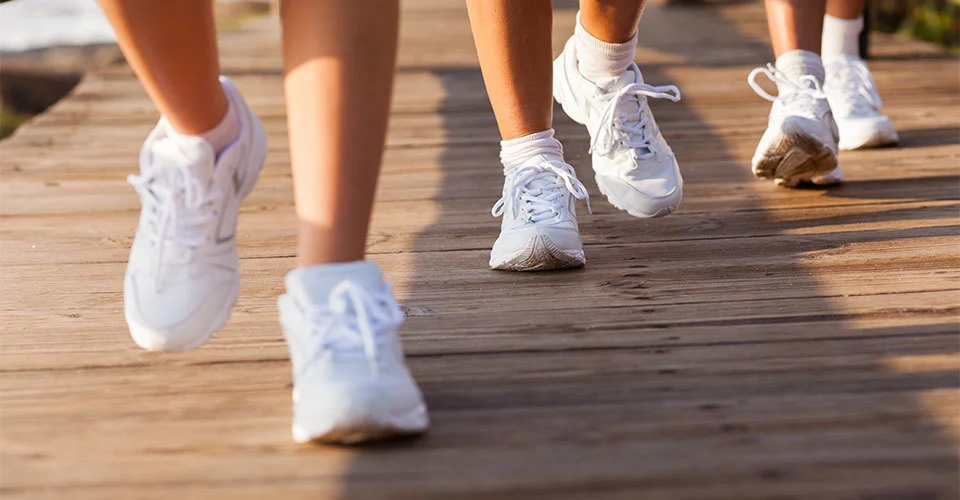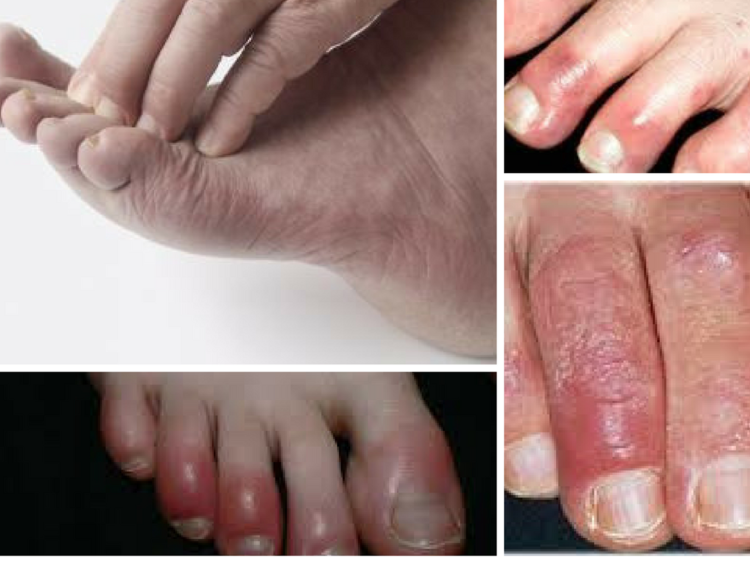A lot of people suffer the pain and frustration of ingrown toenails. Unfortunately, some cases are much worse than others and refuse to clear up on their own. Those cases, although not common, lead to surgery to remove part or all of the nail. But how do you determine if surgery might be necessary for this condition?
Do you have:
A very sore toenail?
Redness, swelling, pus, or blood coming from the sides of your nail?
Toenails that grow downwards or curl into your toe?
Toenails that have been treated before but have just grown back exactly the same?
Should I see my GP first?
No, there is no need to see your GP first, and you do not need a referral from your GP to see us. It is just like seeing a dentist for a sore tooth! Our foot doctors are fully qualified to treat your ingrowing toenail, and if antibiotics are needed we will talk with your GP directly.
How is it treated?
At Pioneer Podiatry, our initial treatment goal is relieving pain and clearing infection or inflammation. If the toe is not infected, your podiatrist may be able to carefully trim the ingrown nail edge, without any discomfort. An infected toe usually requires removing the edge (a portion of the ingrown toenail) or, in some cases, the entire nail.
If your ingrown nail is reoccurring, we can perform a procedure called a partial nail avulsion with matrix phenolisation.
Once the procedure has healed, the nail will be a little bit narrower. It is difficult to tell that there has even been a procedure in most cases.
Our Podiatrists are experts at treating ingrowing toenails and specialise in treatment with minimal pain and fuss, so don’t delay in getting your ingrowing toenail fixed!



